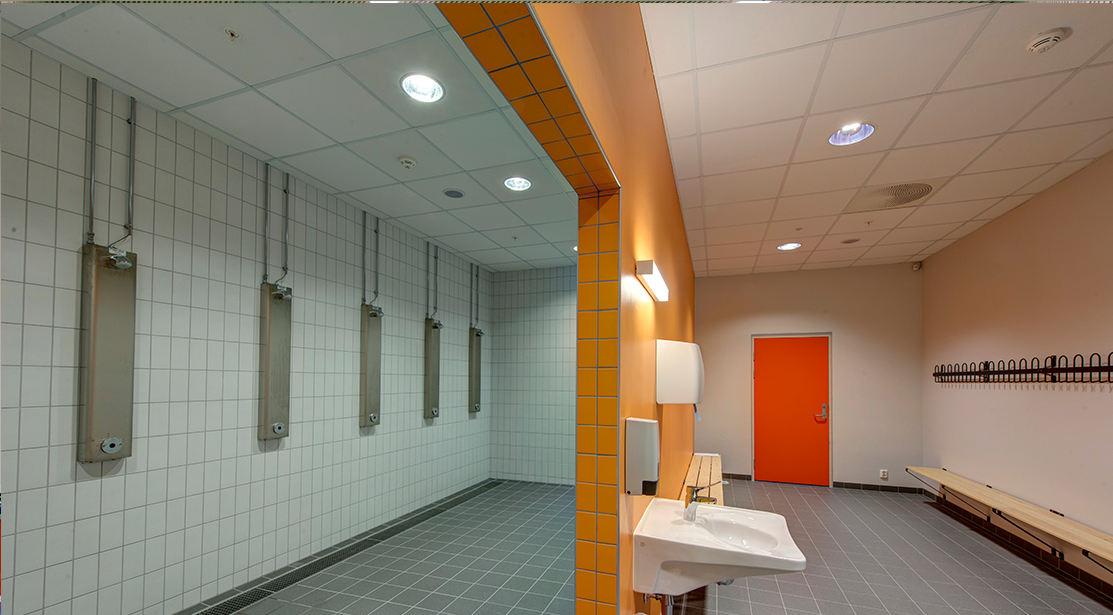LED downlights are also referred to as recessed lights. They are offered in many sizes and designs that will be used in different rooms in the house and other applications. They are also available in a variety of brands and costs. One of the main benefits of LED lights is the fact that they are dimmable. The Dimmable downlight is applied in different places like homes and hotels, mostly because of their visual appeal and cost-efficiency. In this excerpt, we will look at the basics of LED dimmable downlights.
The Cost of LED Dimmable Downlights
The market is packed with a wide range of LED downlight brands that differ in design, quality, and cost. Features of the lights like size, type, and design affect the cost of the lights. Another determinant of value is the function and the output of light of the downlights. However, the lights, on average, should not cost you more than 20 dollars per piece. Some products are also more costly than others.
How do dimmable LEDs work?
There are two techniques with which dimmable LEDs function. The first one is the pulse-width modulation method. This one works by switching LEDs on and off at a very high-speed. The process may cause the lights to flicker. However, the flickering is such fast that the naked eye would not be able to perceive it. This method used the exact amount of electrical current, and it switches between the amount of current and zeroes quickly. The benefit is that it allows the LED to be on for less time than which helps to lower its internal temperature. It also aids in increasing the lifespan of the lights.
The other method is the Constant Current Reduction. It is also referred to as analog dimming. In this method, the amount of electrical current is lowered. The reduction helps to create a dimming effect. Like the latter, dimming the lights using this method can help to increase their lifespan and reduce the quantity of heat produced in the process.
The first method is disadvantaged by the fact that it generates a lot of noise. It also causes electromagnetic interference. The interference makes it unsuitable for certain applications like in medical scenarios. The second method also has its drawbacks, which is the fact that its color of the lights change when the current flow is too little.
Advantages of dimmable recessed LED downlights
Below are a few of the benefits of dimmable lights;
- Being able to dim the lights offers the advantage of energy conservation.
- Dimming also helps to increase the lifespan of the lights. This is because it produces fewer amounts of heat, which reduces the amount of stress that the components of the lights have to endure.
- The lights also help to conserve the environment, especially because of their ambiance elements.
Conclusion
When choosing the best dimmable LED lights, downlights, or not, features like the color temperature should be at the top of your mind. The most suitable color temperature for LED lights if 2700K. Also, consider details like the Color Rendering Index. The CRI determines the quality of light that you will be receiving. If these features seem too technical for your understanding, you can always employ professional assistance from an electrician.


